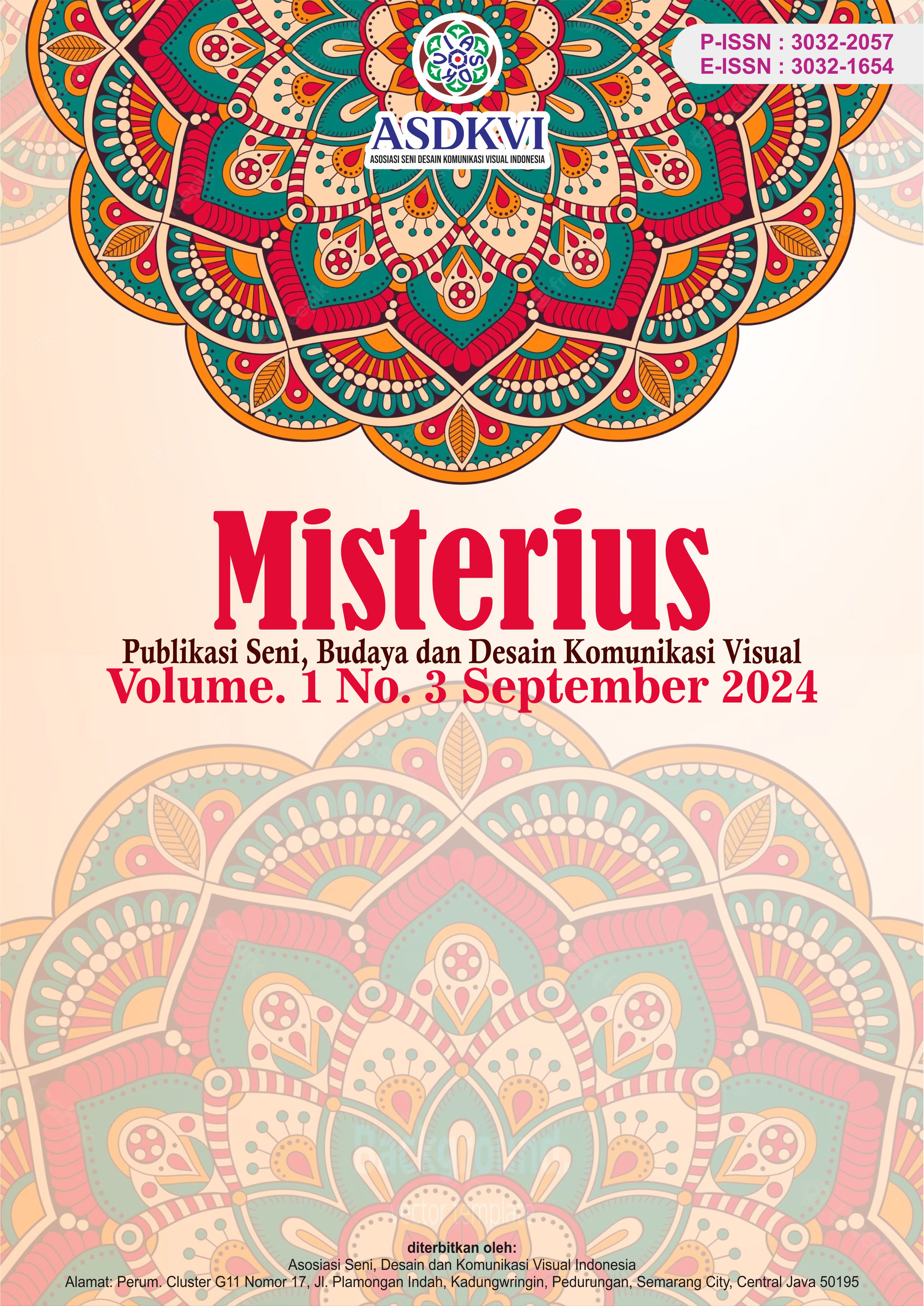Arsitektur Eco-Friendly pada Perancangan Pasar Tradisional di Kota Medan
DOI:
https://doi.org/10.62383/misterius.v1i3.245Keywords:
Eco-Friendly Architecture, Traditional MarketAbstract
Traditional markets are places where sellers and buyers interact directly in social and economic aspects. This design aims to create cleanliness and comfort for visitors by using an eco-friendly architectural approach. This study's research method uses qualitative methods through literature studies and also field observations with primary data obtained through surveys, documentation and interviews. Then carry out an analysis of the site and architectural aspects to serve as guidelines for design. This design implements the main concepts, including zoning which consists of a public zone, namely the traders' room, inner court, food court area, event area and parking area, a semi-public zone, namely the reception room in the management room, a private zone, namely the management room and service zones, namely security post, loading dock, toilet, prayer room and service room. The zoning concept is based on its function, namely a traditional market where the parking area surrounds the market building, then there is a loading dock area that surrounds the market building and there is a food court area in the inner court of the market and an event area in the market section. This market building has an open concept which only has a roof as protection from sunlight and rain. This building has a height of 1 floor with a spatial arrangement for wet commodities and dry commodities and also non-food items in the front area. The central part of the room or the center of the room has an inner court area for culinary delights by adding a concept and having lighting that comes from skylights on the roof.
References
Abdullah, I. (2006). Konstruksi dan reproduksi kebudayaan. Yogyakarta: Pustaka Pelajar.
Frick, H. (1996). Arsitektur dan lingkungan. Yogyakarta: Kanisius.
Geertz, C. (1963). Agricultural involution: The process of ecological change in Indonesia. University of California Press.
John, C. W. (2013). Research design: Pendekatan kualitatif, kuantitatif, dan mixed. Yogyakarta: Pustaka Pelajar.
N. (2014). Faktor-faktor yang mempengaruhi kualitas laporan keuangan pada UMKM di Kabupaten Kudus. Jurnal Dinamika dan Ekonomi Bisnis, 11(2).
Pamardhi, R. (1997). Planning for traditional Javanese markets in Yogyakarta region. University of Sydney.
Peraturan Presiden Republik Indonesia No. 112 Tahun 2007. (2007). Retrieved August 24, 2023, from https://peraturan.bpk.go.id/Details/42157/perpres-no-112-tahun-2007
Rahadi, R. A. (2012). Factors related to repeat consumption behaviour: A case study in traditional markets in Bandung and surrounding region. Procedia - Social and Behavioral Sciences, 36, 529–539.
Reardon, T. (2003). The rise of supermarkets in Africa, Asia, and Latin America. American Journal of Agricultural Economics, 85(5), 1140–1146.
Rutz, W. (1987). Cities and towns in Indonesia. Berlin: Gebruder Borntraeger.
Standar Nasional Indonesia (SNI) 8152:2021. (2021). Retrieved August 24, 2023, from https://bsn.go.id/uploads/download/pbsn_14-2021_lampiran_iii_skema_pasar_rakyat.pdf
Sunoko, K. (2002). Perkembangan tata ruang pasar tradisional: Kasus kajian pasar-pasar tradisional di Bantul. Scholar articles, Universitas Gadjah Mada.
Toni, A. (2013). Eksistensi pasar tradisional dalam menghadapi pasar modern di era modernisasi.
Databoks. (n.d.). Retrieved January 4, 2024, from https://databoks.katadata.co.id/tags/pasar-tradisional
Google Earth. (n.d.). Retrieved January 22, 2024, from https://earth.google.com/web/search/Jl+Kol.+Yos+Sudarso+Medan
Downloads
Published
How to Cite
Issue
Section
License
Copyright (c) 2024 Misterius : Publikasi Ilmu Seni dan Desain Komunikasi Visual.

This work is licensed under a Creative Commons Attribution-ShareAlike 4.0 International License.





